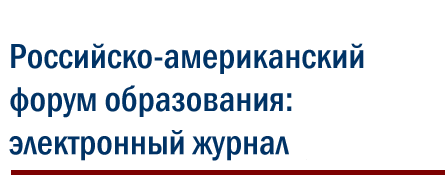
Исследование особенностей процесса формирования гендерной толерантности у старшеклассников
Новое тысячелетие остро ставит перед мировым сообществом проблему формирования толерантности в гендерных отношениях. Существенная роль в ее решении отводится системе школьного образования. Формирование ген-дерной толерантности как неотъемлемого качества личности становится важнейшей частью целей образования, направленных на гендерную (полоролевую) социализацию учащихся.
В научной литературе рассматриваются две модели полоролевой социализации личности: поляризационная (основанная на строгом распределении мужских и женских ролей) и континуальная (допускающая смешение мужских и женских функций). С позиции полоролевой социализации воспитанников на современном этапе в качестве наиболее важной выступает проблема разработки гендерного подхода в образовании, основанного на континуальной модели.
Study of the features of gender tolerance formation in high school students
In the third millennium the world community is faced with the problem of tolerance formation in gender relations. The role of schools in this process is critical. The formation of gender tolerance as an integral feature of a personality is becoming a vital part of the education goals, aiming at the gender socialization of students.
Today, two models of gender role socialization are discussed in the scholarly articles: one of polarization (based on a strict distribution of male and female roles) and the other, of continuum (allowing a mixture of male and female functions.) The second model and the development of a gender approach based on it are considered most important from the point of view of gender role students’ socialization.
According to Anatoly Mudrik, gender approach in education aims to create such conditions for the education of young men and women in which their development and spiritual value orientation will contribute to the formation of individual positive masculine, feminine, and androgynous features, as well as to the relatively painless adjustment of the younger generation to the realities of gender-role attitudes and the effective gender-role separation in the society.




